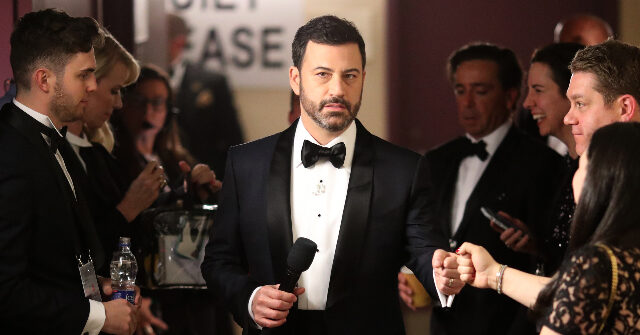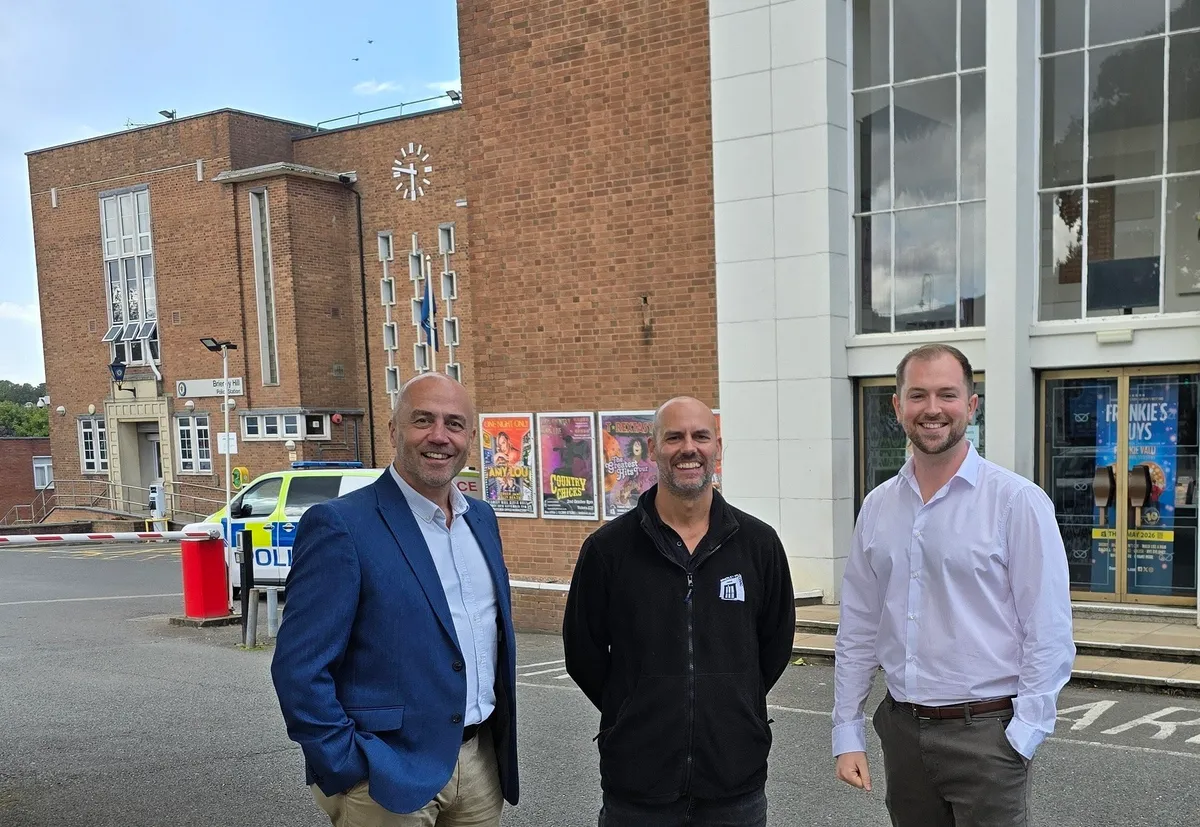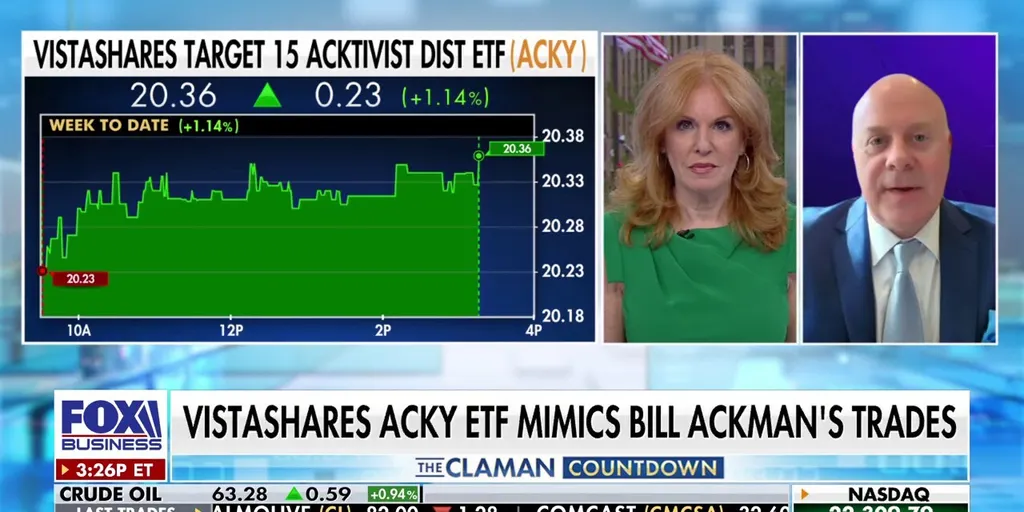By The Independent
Copyright independent

COMMENT | ANDREW BESI | One year ago, in September 2024, Vice President Jessica Alupo arrived at the headquarters of Kira Municipality and launched the 5-year UGX 2.2 trillion Greater Kampala Metropolitan Area Urban Development Program (GKMA-UDP).
This program is an initiative of the Government of Uganda, with a contribution of USD 571m, and is implemented through the Office of the President’s Ministry of Kampala Capital City and Metropolitan Affairs.
It is also funded by the World Bank through a credit facility worth USD 518m and L’Agence française de développement (AFD), which has provided a credit facility worth USD 42.66m.
Its start date is December 28th, 2023, and it’s scheduled to end in December 2027.
Reader, as you are aware, Kampala’s infrastructure needs have grown nearly 10-fold over the past 20 years. Indeed, the expansion of our economic hub of Kampala has now expanded into what is now known as the Metropolitan Area. This metropolitan area includes the municipalities of Kira, Entebbe, Makindye Ssabagabo and Nansana all in Wakiso district as well as Mukono Municipality.
The main challenges faced by Kampala Capital City and its Greater Metropolitan Area are a limited resource envelope that has limited the scope of upgrades to existing and new road infrastructure.
The other challenge is associated with poor physical planning that has seen, as an example, markets created on roadsides such as at Busega and Kalerwe. This flaw traces its roots to the collapse of our economy between 1972 and 1986.
Therefore, from its onset, the GKMA-UDP’s objective has been to improve “institutional capacity for metropolitan coordination and management as well as increase access to infrastructure and services.”
As such, financing for the GKMA-UDP has been structured against three windows of:
Implementing entity level Institutional support grant worth USD 30m.
Implementing entity-level Metropolitan Development Grants worth a combined USD 560.66m and
National-level Institutional Strengthening Grant of USD 18m.
This windowed structure layout supports the 4 pillars on which the Program is premised. These are:
Mobility and Accessibility
Resilience and Environment
Job/Workspace Creation (markets, incubator hubs, tourism centres
Institutional Strengthening.
These pillars provide what has been termed as a “holistic framework for transforming the Greater Kampala Metropolitan Area” and combine “governance reforms with physical investments that address mobility, drainage, environmental sustainability, and economic competitiveness.”
Already, progress is visible. Just this past March, Mukono Municipal Council – having benefited from a series of trainings under the Institutional Strengthening pillar, suspended China Communications Construction Company Ltd for “systematic non-compliance with contract conditions, technical guidelines and …SOCIAL safeguards.”
Meanwhile in Entebbe Municipality, Mayor Brad Rulinda and his team cautioned Armpass Ltd, contracted to reconstruct Kitooro-Kiwafu-Nakiwogo road to adhere to “environmental and social safeguards, ensuring that the construction process adheres to sustainable practices.”
In Kira Municipality, Mayor Julius Mutebi and his team explained to beleaguered residents and business owners that the delay to start reconstruction of major roads under the GKMA-UDP was because “under the funders’ terms and conditions there is supposed to be an environment and social safeguard consultant.” He also addressed issues around “Right of Way,” urging project-affected persons to cede in the interest of the municipality’s agenda to transform into a 21st-century metropolis.
Indeed, actions, queries, and challenges faced by implementing entities, contractors, and funders of the GKMA-UDP were at the heart of submissions at the Mid-Term Review held at the Office of the President last week.
The review noted that the absorption rate for Institutional Support Grants improved to 90.8% from 83.5% the last FY2023/24. However, the absorption rate for Municipal Development Grants in FY2024/25 was 62.2%, again primarily because of delayed procurements.
In my view, the GKMA-UDP is a welcome programme. It is slowly, as evidenced in parts of Kira, on Albert Cook – Cathedral rise road in Mukono and elsewhere, is transforming our city and the Metropolitan Area around it.
As Minister Kyofatogabye has noted, the challenges highlighted by, among others, the World Bank at the Mid Term Review and centered on hiccups of the government’s e-procurement system, right of way, etc., can be adequately addressed if “leaders explain these projects to remove misconceptions.”
The road ahead is a beautiful one.
The writer is enthusiastic about the GKMA-UDP.
On X: @BesiAndrew



